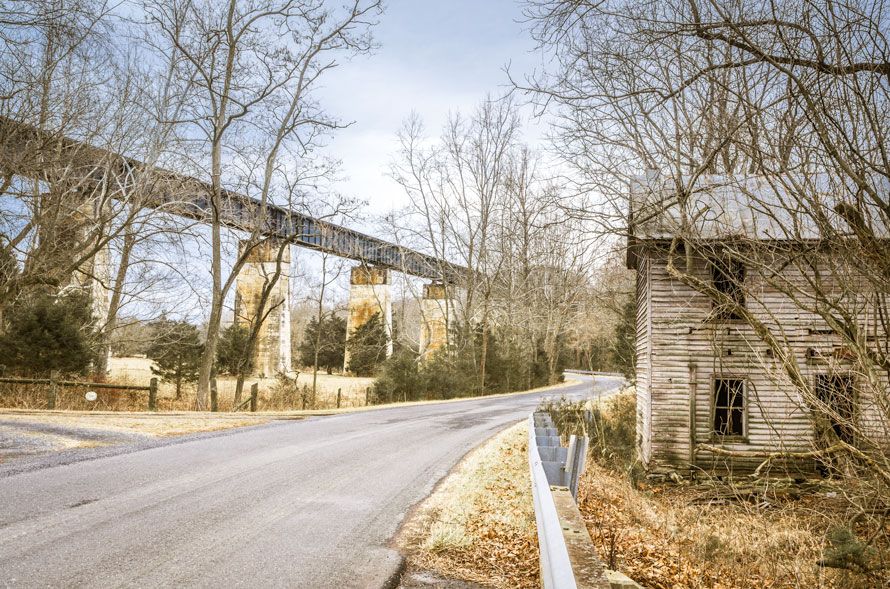
Last month, we looked at some of the reasons you might want to consider printing your work. (See here.) Living with your prints, and seeing them every day will sharpen your judgement and improve your work. A printed photograph is likely to be a more permanent means to preserve your memories. (For an interesting take on this, see “The Lesson from Costco’s Photo Lab”) And printing can be a valuable way to curate a meaningful body of work.
If you decide to print, you will find that the process is not easy, and it is not cheap. There are two options: buy a printer and print at home, or send your work out to a photo lab.
Home printing is convenient and gives you control, but unless you are making a lot of prints, printing at home is likely to be more expensive than using a lab. In addition, there is a learning curve to master the process and produce satisfactory results. Trial and error will significantly increase the cost of a print, at least while you are learning.
Let’s take a look at two possible entry-level set-ups for printing at home.
Budget – Canon Pixma Pro 100 – 13 X 19 – $400 – A full set of 13 ml ink cartridges costs $125
Mid-Range – Epson SureColor P800 – 17 X 22 – $900 – A full set of 80 ml ink cartridges costs $464
Notice that although the Epson printer is more than twice the cost of the Canon, the ink cartridges (80 ml vs. 13 ml) for the Canon are nearly twice as expensive as those for the Epson. (This holds true for both Canon and Epson printers—the more expensive printers have larger cartridges which reduces the cost of the ink per ml.) So in the long term, upgrading to a more expensive printer might actually save on overall costs, particularly if you do a lot of printing.
You will also need to factor in the cost of the paper. Epson Ultra Premium Photo Paper Luster is around fifty cents per sheet for 8-1/2x 11. Canon Photo Paper Pro Luster is $1.00 per sheet for 13 x 19. Higher grades of paper are significantly more expensive.
Of course, you may find that, costs aside, printing at home is an interesting and rewarding activity, and that is what photography is all about.
A photo lab can be a cost effective alternative, particularly if you plan to print only occasionally. Finding a lab that meets your price and quality requirements may involve some trial and error, but the process is simple—upload your photos and wait for your prints to arrive.
There are dozens of photo labs online: here are a few picked at random. ( This is not a recommendation since I have not used any of these services.)
Cost for an 8 x 12 print
Adoramapix – $3.25
Mpix – $3.66
Nations Photo Lab – $2.65
Bay Photo – 3.95
Using a photo lab may or may not be a long-term option for you, but if you are thinking about getting into printing, or trying to decide if the whole thing is worthwhile, send a few of your photos out to a lab (try several) and see what you think. It could open up new and exciting opportunities for your photography
And to wrap it up, here is one more advantage to printing your work.
A print matches your intention as closely as possible. Now, I know that a print can look different under different lighting conditions, but those differences are minor compared to the variation in brightness and color rendition of different electronic displays. In addition, many of the online photo sharing sites do not display your work to best advantage, often using compression algorithms that degrade the photo’s appearance.
And size matters. Many, if not most, members of the online community who view your work will see it on a smartphone. A photo that sings when viewed full-size may lose its voice when seen on a tiny screen. Prints allow you to take control of how your work is presented.
And then there are photo books, but that is a subject for another time.
Let me know what you think by leaving a comment below or email me at editor@thetracksidephotographer.com.
Edd Fuller – Editor
The links in this article are for your convenience. The Trackside Photographer is not affiliated with any of the companies offering these products or services, and does not profit from them in any way.
A couple of follow-ups. It seems that preserving photographs has been in the “news” lately. Mike Johnston, on his highly recommended blog “The Online Photographer” just published two interesting posts on this topic:
https://theonlinephotographer.typepad.com/the_online_photographer/2019/03/picture-permanence.html
https://theonlinephotographer.typepad.com/the_online_photographer/2019/03/index-prints.html
Also reader and contributor Steve Crise sent me a link to another post on the Missy Mwac Photography blog. It is not related to prints, but it is a great take on the current fad for “instant success” as a photographer.
http://missymwac.com/the-photography-teacher-nobody-wants/
Enjoy!
Edd